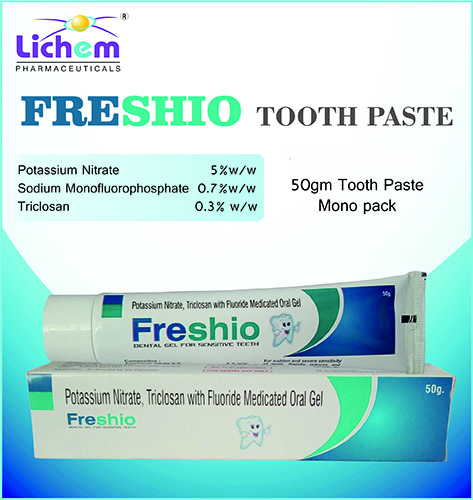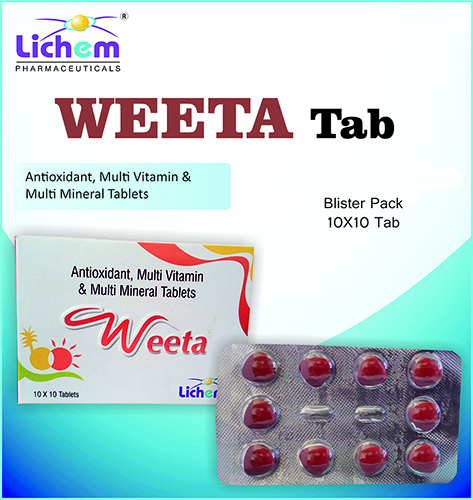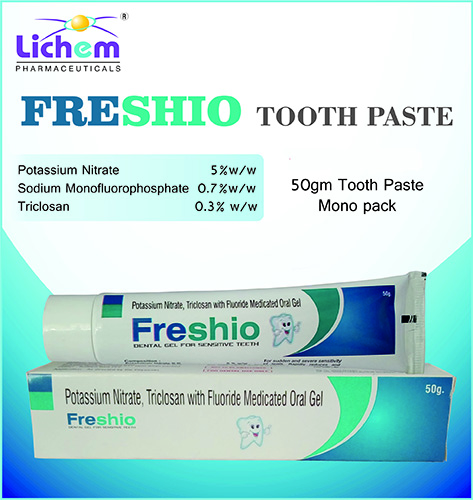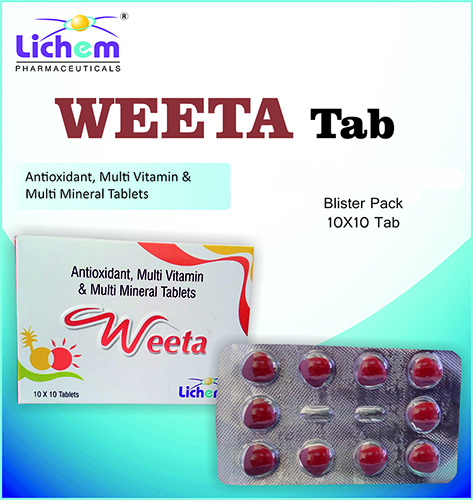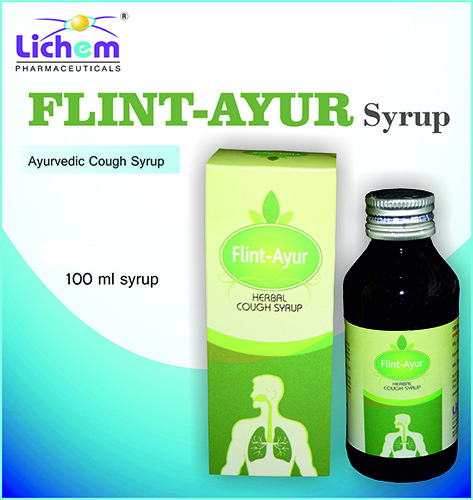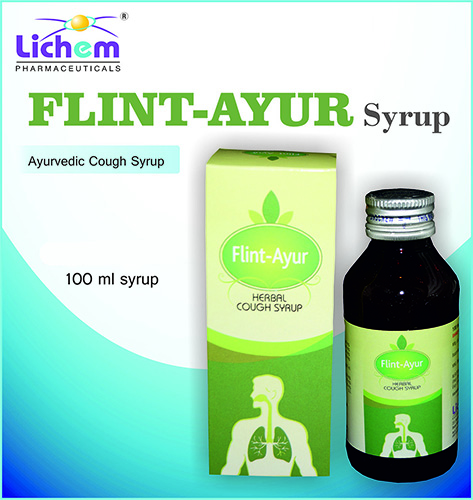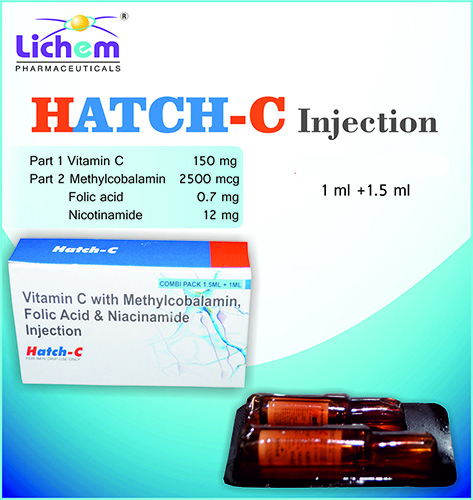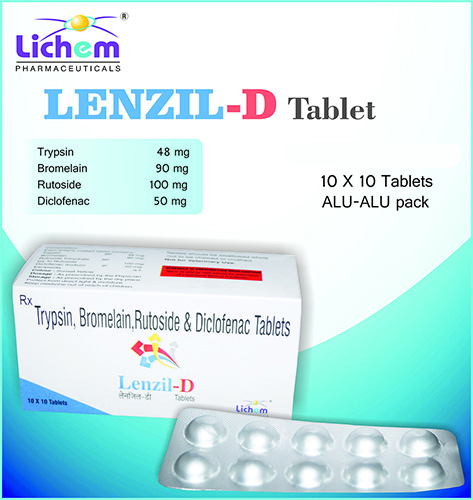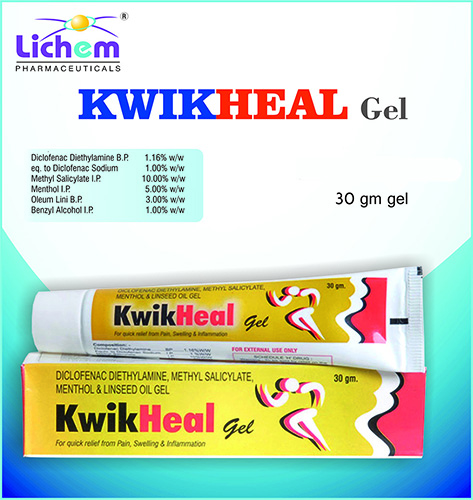Composition : Potassium Nitrate 5% w/w + Sodium Monosulphate 0.7% w/w + Triclosan 0.3% w/w Potassium Nitrate: This ingredient has various uses but is not typically found in oral hygiene products at this concentration. In some medical contexts, it can be used as a vasodilator (increases blood flow) or to treat certain skin conditions. Sodium Monosulphate: This is a salt and may have some buffering or cleansing properties, but its specific function in this context is unclear without more information. Triclosan: Triclosan is an antibacterial agent that has been used in various personal care products like toothpaste or mouthwash. However, due to concerns about potential health risks and environmental impact, its use has been restricted or banned in some countries and by some manufacturers.
Send Message